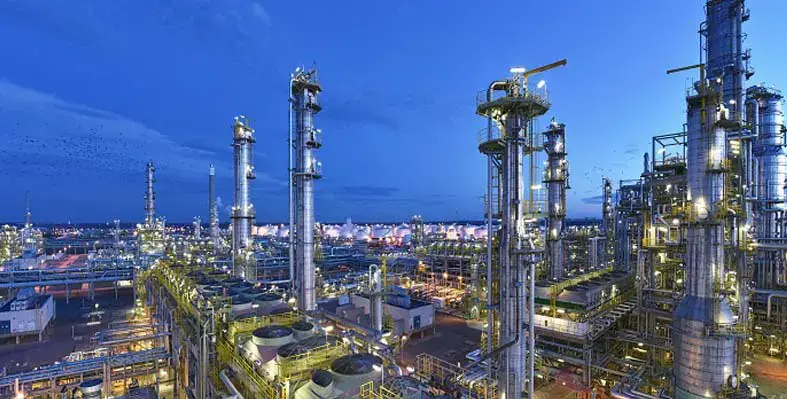Oil 2024, the latest edition of the IEA’s annual medium-term market report, forecasts that growth in global demand for oil will slow in the coming years as energy transitions advance, with a major supply surplus emerging this decade
The report forecasts that global oil demand, which including biofuels averaged just over 102mn bpd in 2023, will level off near 106mn bpd per day towards the end of this decade, with growth in demand peaking before 2030.
Speaking at a press briefing, Dr Fatih Birol, IEA executive director, highlighted three major drivers of the slowdown:
1. – Transportation – The increasing penetration of electrical vehicles (EV)s. in China, Europe, USA and increasingly the emerging markets, currently accounting for more than one in five car sales. Dr Birol noted the increasing cost competitiveness of electrical cars in China, the driver of EV car penetration. Ongoing fuel efficiency improvements are also a factor;
2. – Electricity generation – Many of the oil producers in the Middle East and North Africa, who currently use a significant proportion of oil to generate electricity, are shifting to renewables or natural gas for electricity generation;
3. – China – Most importantly, the expected slowdown in China’s economic growth to around 4% from just over 6% a year, given the country has accounted for around 60% of demand growth in the last 10 years.While strong demand growth is expected from fast-growing economies in Asia, as well as from the aviation and booming petrochemicals sectors, this will not be enough to offset the above factors.
Surge in production capacity
At the same time, a surge in non-OPEC global oil production capacity, led by the USA and other producers in the Americas, such as Argentina, Brazil, Canada and Guyana, is expected to outstrip demand growth between now and 2030, with non-OPEC producers expected to account for three quarters of the expected increase to 2030, or 4.6mn bpd. Saudi Arabia, the United Arab Emirates (UAE) and Iraq are expected to lead a 1.4 mn bpd rise in OPEC+ oil capacity.
Total supply capacity is forecast to rise by 6mn bpd to nearly 114mn bpd by 2030 – a staggering 8mn bpd above projected global demand, the report finds. There is also the prospect of OPEC+ rewinding production cuts from later this year. This would result in unprecedented levels of spare capacity over the forecast period, with major implications for oil markets – including for producer economies in OPEC and beyond, as well as for the US shale industry.
“Some producers are already making adjustments, with Saudi Arabia putting on hold planned oil capacity expansion to focus on gas, which is where we see the main demand this coming decade,” commented Toril Bosoni, the head of the IEA’s Oil Industry and Markets Division. at the press briefing.
“This report’s projections, based on the latest data, show a major supply surplus emerging this decade,” said Dr Birol, noting the consequences of an oversupply would be downward pressure on prices, with implications both for producers and consumers. “Oil companies may want to look at these supply and demand trends and make sure their business strategies and plans are in line with market realities,” he added.
According to the report, global refining capacity is on track to expand by 3.3mn bpd between 2023 and 2030, well below historical trends. However, this should be sufficient to meet demand for refined oil products during this period, given a concurrent surge in the supply of non-refined fuels such as biofuels and natural gas liquids (NGLs). This raises the prospect of refinery closures towards the end of the outlook period, as well as a slowdown in capacity growth in Asia after 2027.









